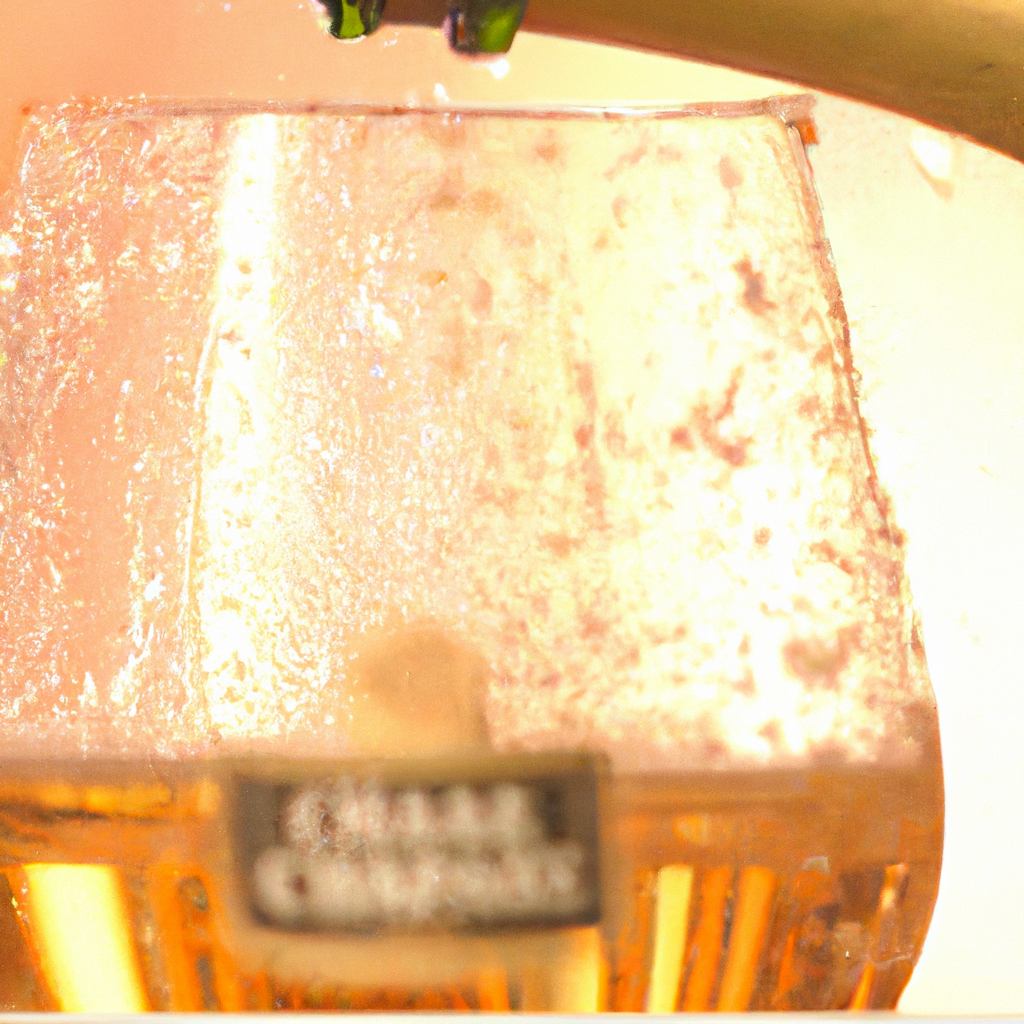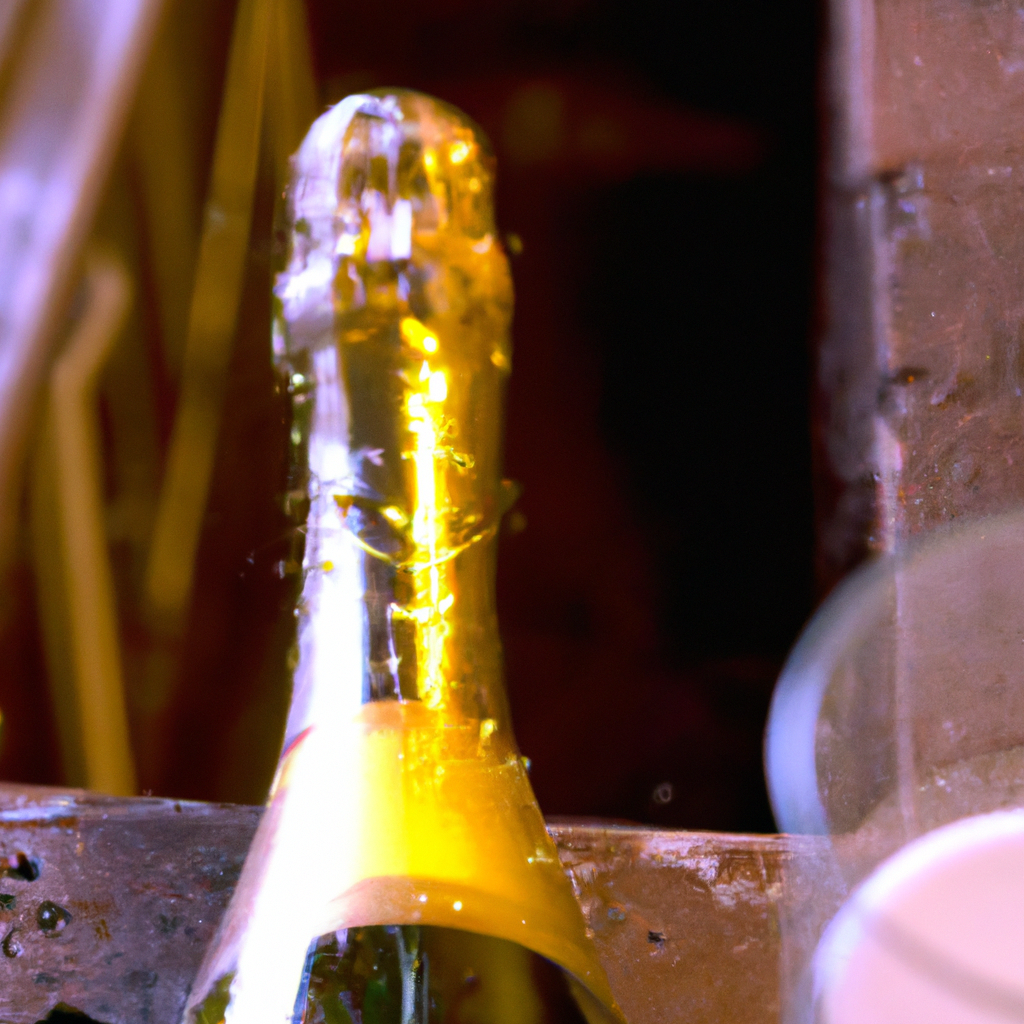
-
Article Summary
- Understanding Wine: The Champagne Riots – Part V of the Champagne Series
- Key Takeaways
- Introduction: The Sparkling Unrest
- The Causes of the Champagne Riots
- The Events of the Champagne Riots
- The Aftermath of the Champagne Riots
- FAQ Section
- What were the Champagne Riots?
- What caused the Champagne Riots?
- What were the consequences of the Champagne Riots?
- What is the Champagne Appellation d’Origine Contrôlée (AOC)?
- What is the legacy of the Champagne Riots?
- Conclusion: The Lasting Bubbles of the Riots
- Revisiting the Key Takeaways
Understanding Wine: The Champagne Riots – Part V of the Champagne Series

[youtubomatic_search]
Key Takeaways
- The Champagne Riots of 1910-1911 were a significant event in the history of the Champagne wine region, leading to significant changes in the industry.
- The riots were triggered by economic hardship, fraudulent practices, and the introduction of new regulations.
- The riots led to the establishment of the Champagne Appellation d’Origine Contrôlée (AOC), which set strict rules for the production of Champagne.
- The Champagne Riots also highlighted the importance of collective action and solidarity among winegrowers.
- The legacy of the riots continues to influence the Champagne industry today.
Introduction: The Sparkling Unrest
The Champagne Riots of 1910-1911 were a pivotal moment in the history of the Champagne wine region. These violent protests by winegrowers were a response to economic hardship, fraudulent practices, and the introduction of new regulations that threatened their livelihoods. This article delves into the causes, events, and aftermath of the Champagne Riots, shedding light on their significance in shaping the Champagne industry as we know it today.
The Causes of the Champagne Riots
The late 19th and early 20th centuries were a period of economic hardship for many winegrowers in the Champagne region. The phylloxera epidemic had devastated vineyards, and the recovery was slow and costly. At the same time, the market for Champagne was growing, leading to an increase in fraudulent practices. Some producers were using grapes from outside the region, or even making artificial Champagne, to meet demand and undercut genuine Champagne producers.
Furthermore, in 1908, the French government introduced a new law that defined the Champagne region and set rules for the production of Champagne. This law excluded many areas that had traditionally produced Champagne, causing outrage among the affected winegrowers. The combination of economic hardship, fraud, and regulatory changes created a volatile situation that eventually led to the Champagne Riots.
The Events of the Champagne Riots
The riots began in January 1910, when winegrowers in the Aube region, which had been excluded from the new Champagne designation, began protesting. The protests quickly turned violent, with winegrowers destroying property and clashing with the police. The unrest spread to other parts of the Champagne region, and by April 1911, the situation had escalated to the point where the French army was called in to restore order.
Despite the violence, the riots were also characterized by a strong sense of solidarity among winegrowers. They formed committees to coordinate their actions and negotiate with the government and Champagne houses. These committees played a crucial role in bringing about a resolution to the conflict.
The Aftermath of the Champagne Riots
The Champagne Riots led to significant changes in the Champagne industry. In response to the protests, the French government revised the boundaries of the Champagne region in 1911, including the Aube region. More importantly, in 1927, the government established the Champagne Appellation d’Origine Contrôlée (AOC), which set strict rules for the production of Champagne. These rules, which include requirements for grape varieties, vineyard practices, and winemaking methods, are still in place today and are crucial in maintaining the quality and reputation of Champagne.
The riots also highlighted the importance of collective action and solidarity among winegrowers. The committees formed during the riots evolved into cooperatives and syndicates, which continue to play a significant role in the Champagne industry. These organizations help winegrowers negotiate prices, share resources, and advocate for their interests.
FAQ Section
What were the Champagne Riots?
The Champagne Riots were a series of violent protests by winegrowers in the Champagne region of France in 1910-1911. They were triggered by economic hardship, fraudulent practices, and the introduction of new regulations that threatened the livelihoods of winegrowers.
What caused the Champagne Riots?
The riots were caused by a combination of economic hardship, fraud, and regulatory changes. The phylloxera epidemic had devastated vineyards, and the recovery was slow and costly. Some producers were using grapes from outside the region, or even making artificial Champagne, to meet demand and undercut genuine Champagne producers. Furthermore, a new law introduced in 1908 defined the Champagne region and set rules for the production of Champagne, excluding many areas that had traditionally produced Champagne.
What were the consequences of the Champagne Riots?
The riots led to significant changes in the Champagne industry. The French government revised the boundaries of the Champagne region and established the Champagne Appellation d’Origine Contrôlée (AOC), which set strict rules for the production of Champagne. The riots also led to the formation of cooperatives and syndicates among winegrowers, which continue to play a significant role in the Champagne industry.
What is the Champagne Appellation d’Origine Contrôlée (AOC)?
The Champagne AOC is a designation that sets strict rules for the production of Champagne. These rules include requirements for grape varieties, vineyard practices, and winemaking methods. The AOC was established in 1927 in response to the Champagne Riots.
What is the legacy of the Champagne Riots?
The legacy of the riots continues to influence the Champagne industry today. The Champagne AOC, which was established in response to the riots, is crucial in maintaining the quality and reputation of Champagne. The riots also highlighted the importance of collective action and solidarity among winegrowers, leading to the formation of cooperatives and syndicates that continue to play a significant role in the industry.
Conclusion: The Lasting Bubbles of the Riots
The Champagne Riots of 1910-1911 were a significant event in the history of the Champagne wine region. Triggered by economic hardship, fraudulent practices, and regulatory changes, the riots led to significant changes in the industry, including the establishment of the Champagne AOC and the formation of cooperatives and syndicates among winegrowers. The legacy of the riots continues to influence the Champagne industry today, highlighting the importance of collective action and solidarity in facing challenges and shaping the future.
Revisiting the Key Takeaways
- The Champagne Riots were a response to economic hardship, fraudulent practices, and regulatory changes that threatened the livelihoods of winegrowers.
- The riots led to significant changes in the Champagne industry, including the establishment of the Champagne AOC and the formation of cooperatives and syndicates among winegrowers.
- The legacy of the riots continues to influence the Champagne industry today, highlighting the importance of collective action and solidarity in facing challenges and shaping the future.
[youtubomatic_search]






